Coober Pedy: inside the Australian town where people live underground
Could subterranean homes be an answer to rising global temperatures and increasingly inhospitable conditions?
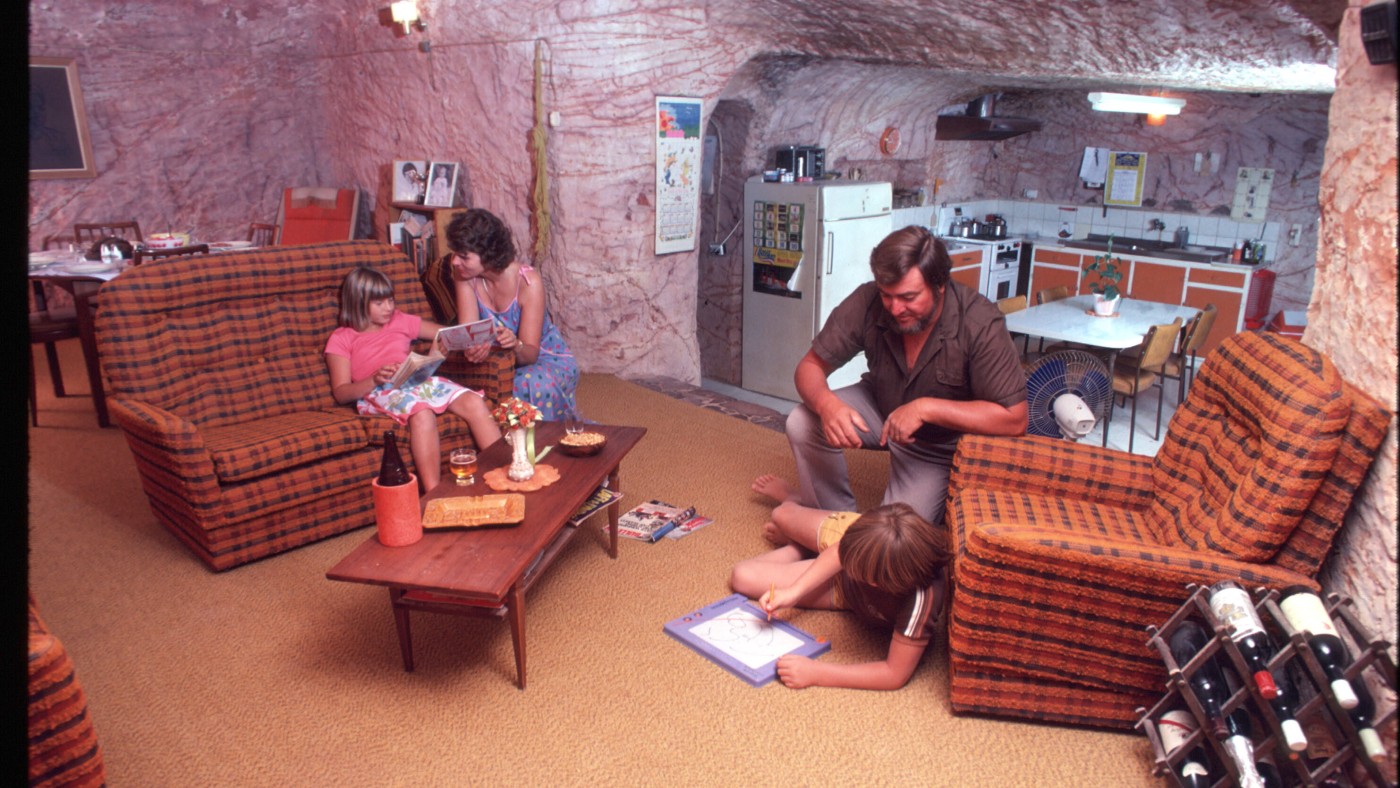
In the dry, desolate landscape of the Australian Outback 500 miles north of Adelaide stands Coober Pedy, a seemingly unremarkable town of 2,500 people. But all is not what it seems here.
That is because 60% of the population live underground in this opal-mining centre, the name of which comes from an indigenous Australian term that roughly translates as “white man in a hole”. There are still 70 opal fields operating in the area but many of the old shafts and tunnels have been converted over time into living quarters. And as the number of subterranean dwellers has increased so churches, a hair salon, a bookshop and even a pool room have also been built.
This “troglodyte lifestyle may seem merely eccentric” in winter, said BBC Future Planet, but its purpose becomes clearer in the sweltering Australian summers, when “birds have been known to fall from the sky”. With temperatures regularly exceeding 50C, living underground provides a cool reprieve from the harsh desert climate.
Outsiders can experience the “subterranean serenity” for themselves, Travel and Leisure said, as Coober Pedy has two hotels, as well as offering the chance to “camp underground”. Once visitors are down in the converted mines, they find “it’s actually pretty homey”, Insider added.
And the experience is especially relevant right now as living underground could be an option for more people as global temperatures rise. People have been “living comfortably underground throughout history”, said Science Alert. Temperatures, the site said, are more consistent as rock and soil absorb and hold heat, meaning less need for “energy-intensive air conditioning or heating”. And “going underground maximises privacy”.
But not everyone is convinced. Will Hunt, the author of “Underground: A Human History of the Worlds Beneath Our Feet”, told Live Science that humans “do not belong” in underground climates as bodies are “not designed” for this way of life.
The residents of Coober Pedy appear content with life down under. Jenny Gough, who has lived in the town since 1961 and found $10,000 (£5,000) worth of opals while digging her underground home, told That’s Life that she would “never leave”.

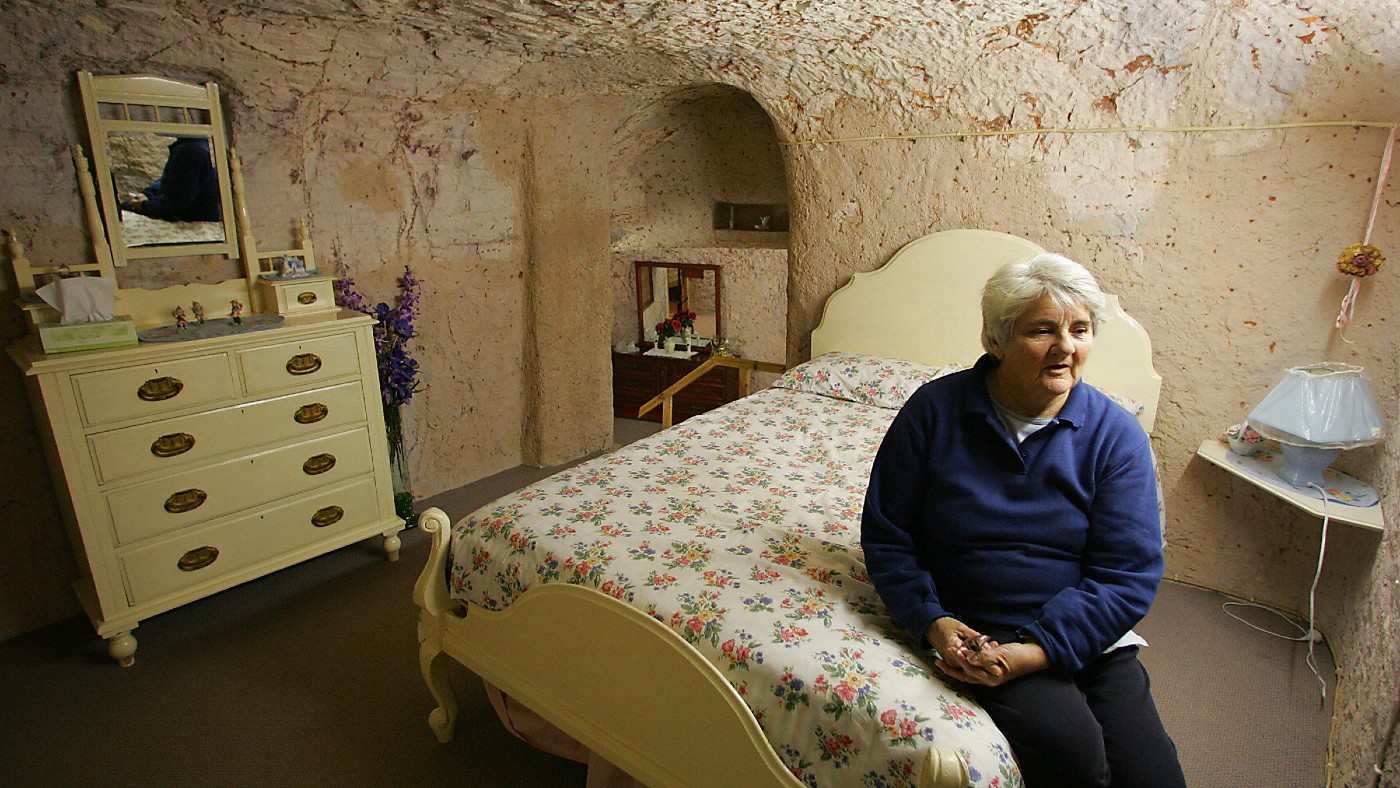
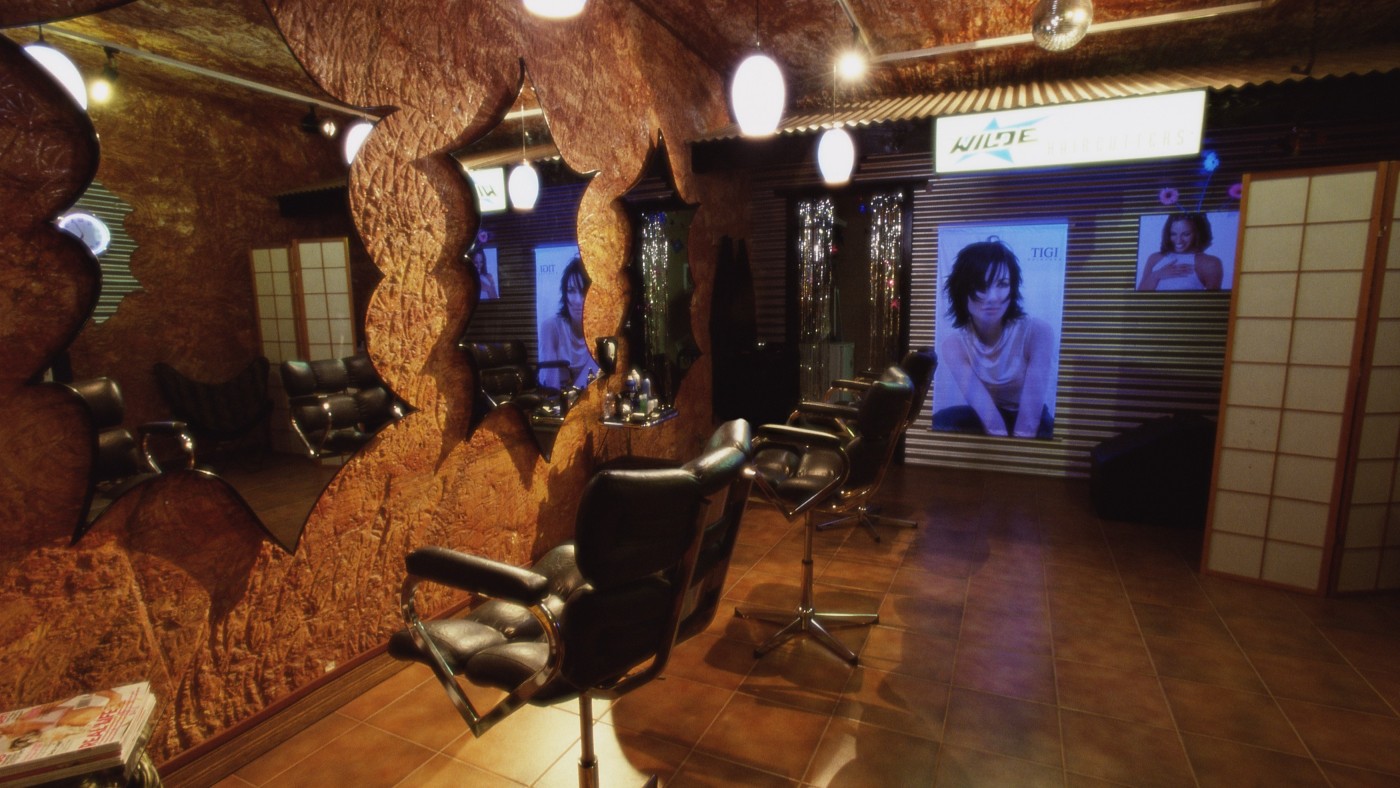
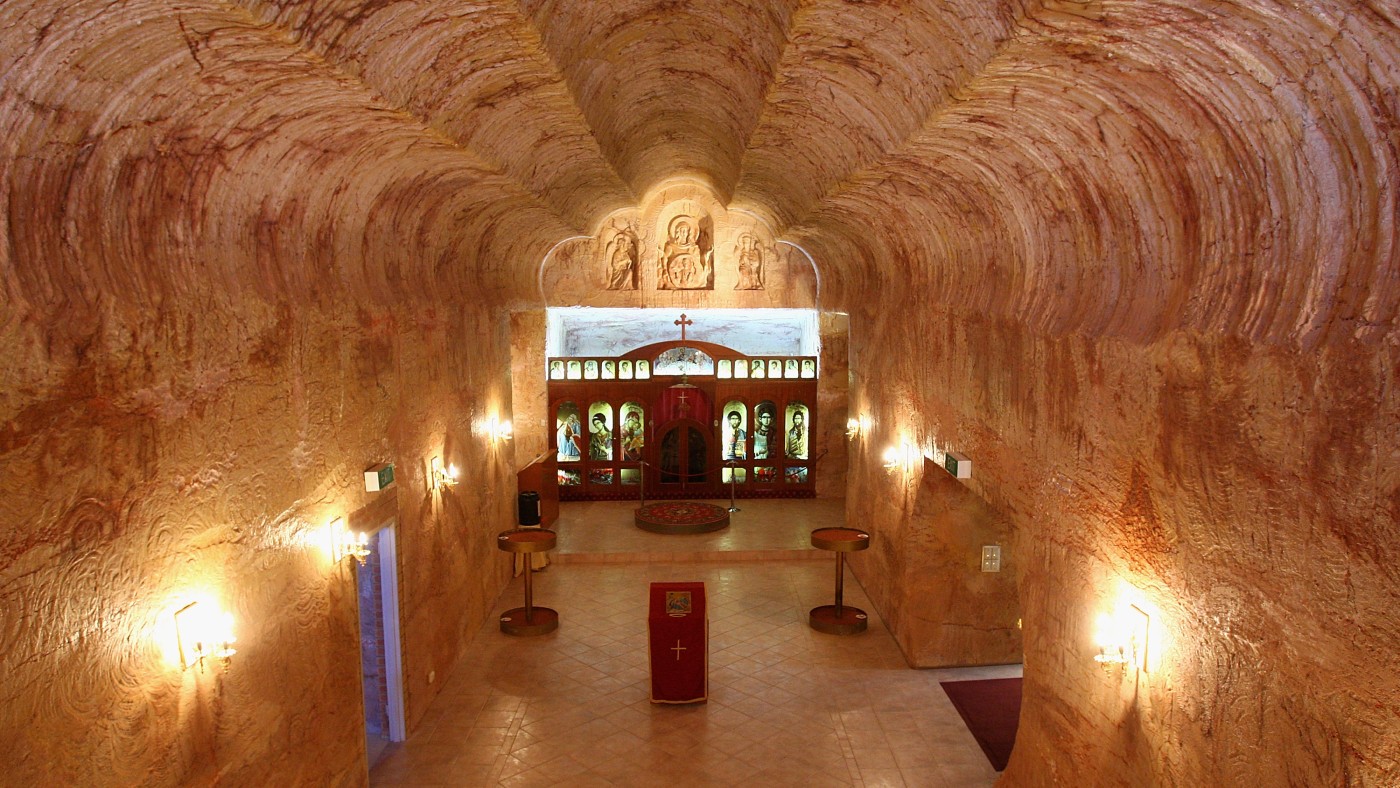
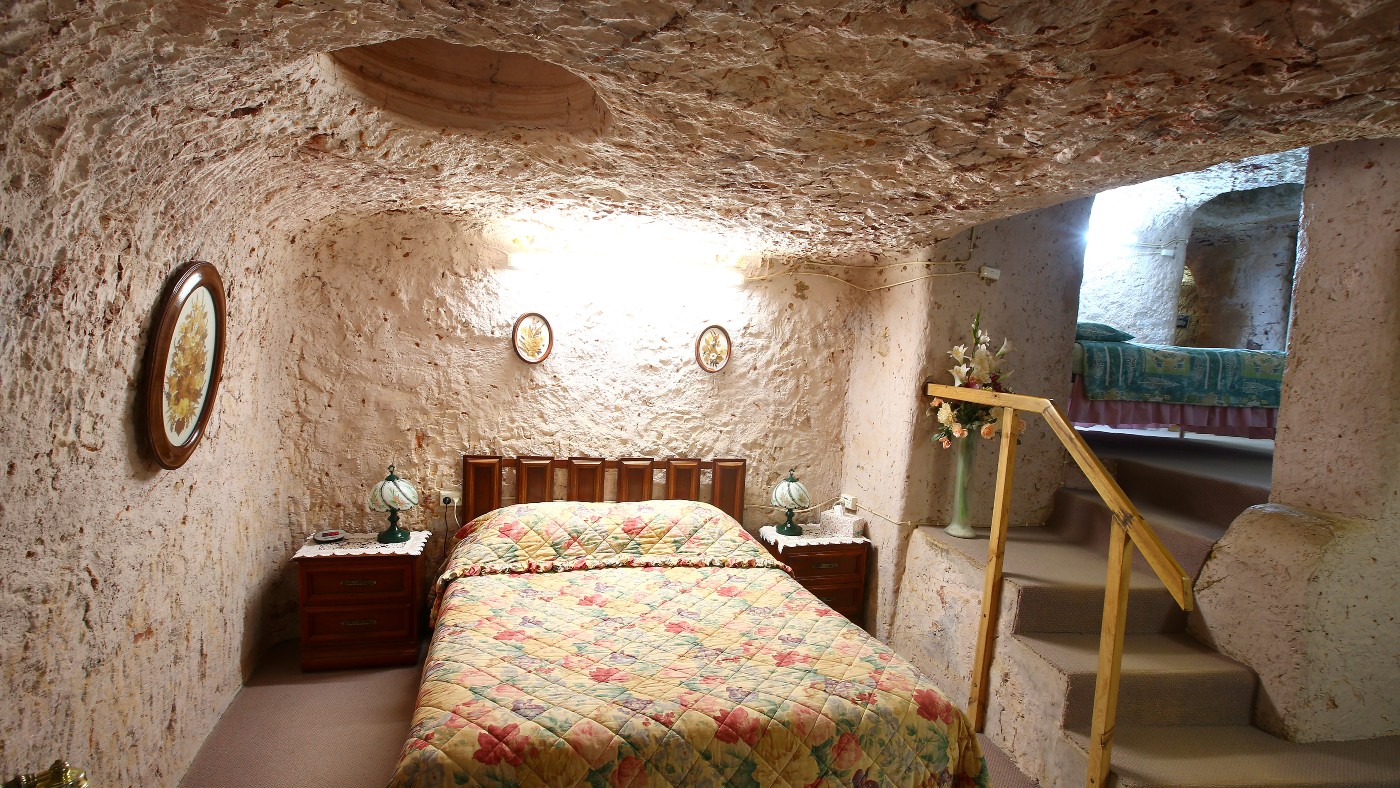
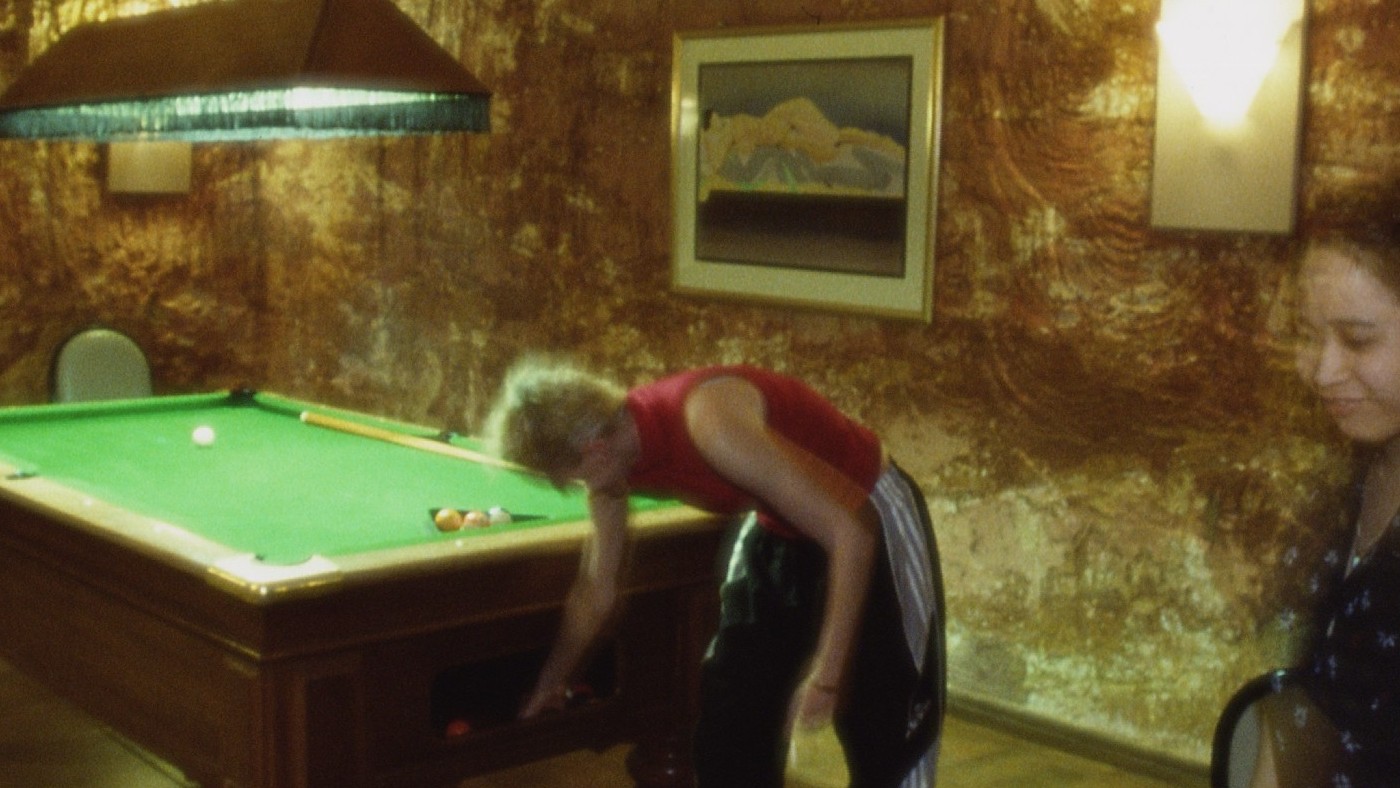
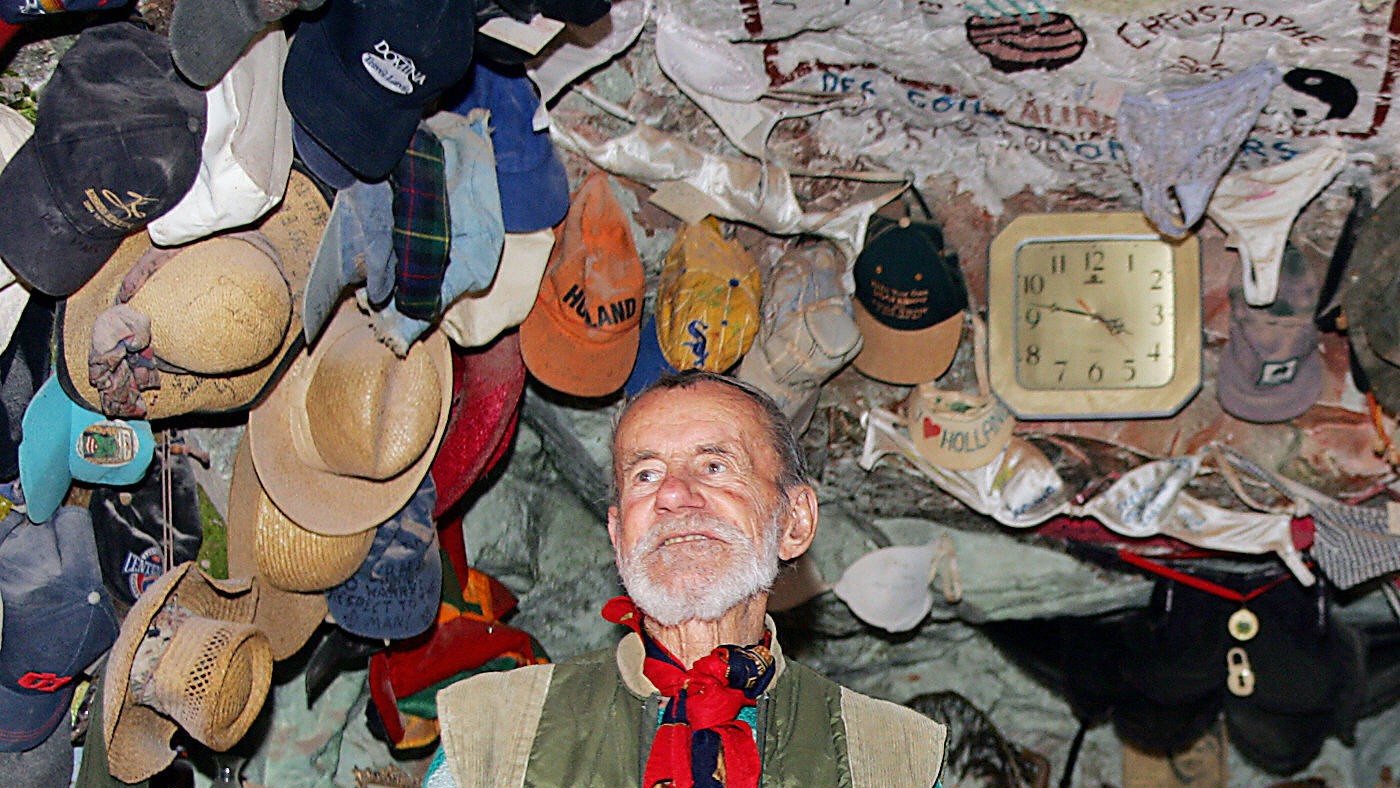

A free daily email with the biggest news stories of the day – and the best features from TheWeek.com
Rebekah Evans joined The Week as newsletter editor in 2023 and has written on subjects ranging from Ukraine and Afghanistan to fast fashion and "brotox". She started her career at Reach plc, where she cut her teeth on news, before pivoting into personal finance at the height of the pandemic and cost-of-living crisis. Social affairs is another of her passions, and she has interviewed people from across the world and from all walks of life. Rebekah completed an NCTJ with the Press Association and has written for publications including The Guardian, The Week magazine, the Press Association and local newspapers.
-
 A lemon-shaped exoplanet is squeezing what we know about planet formation
A lemon-shaped exoplanet is squeezing what we know about planet formationUnder the radar It may be made from a former star
-
 Political cartoons for January 4
Political cartoons for January 4Cartoons Sunday's political cartoons include a resolution to learn a new language, and new names in Hades and on battleships
-
 The ultimate films of 2025 by genre
The ultimate films of 2025 by genreThe Week Recommends From comedies to thrillers, documentaries to animations, 2025 featured some unforgettable film moments
-
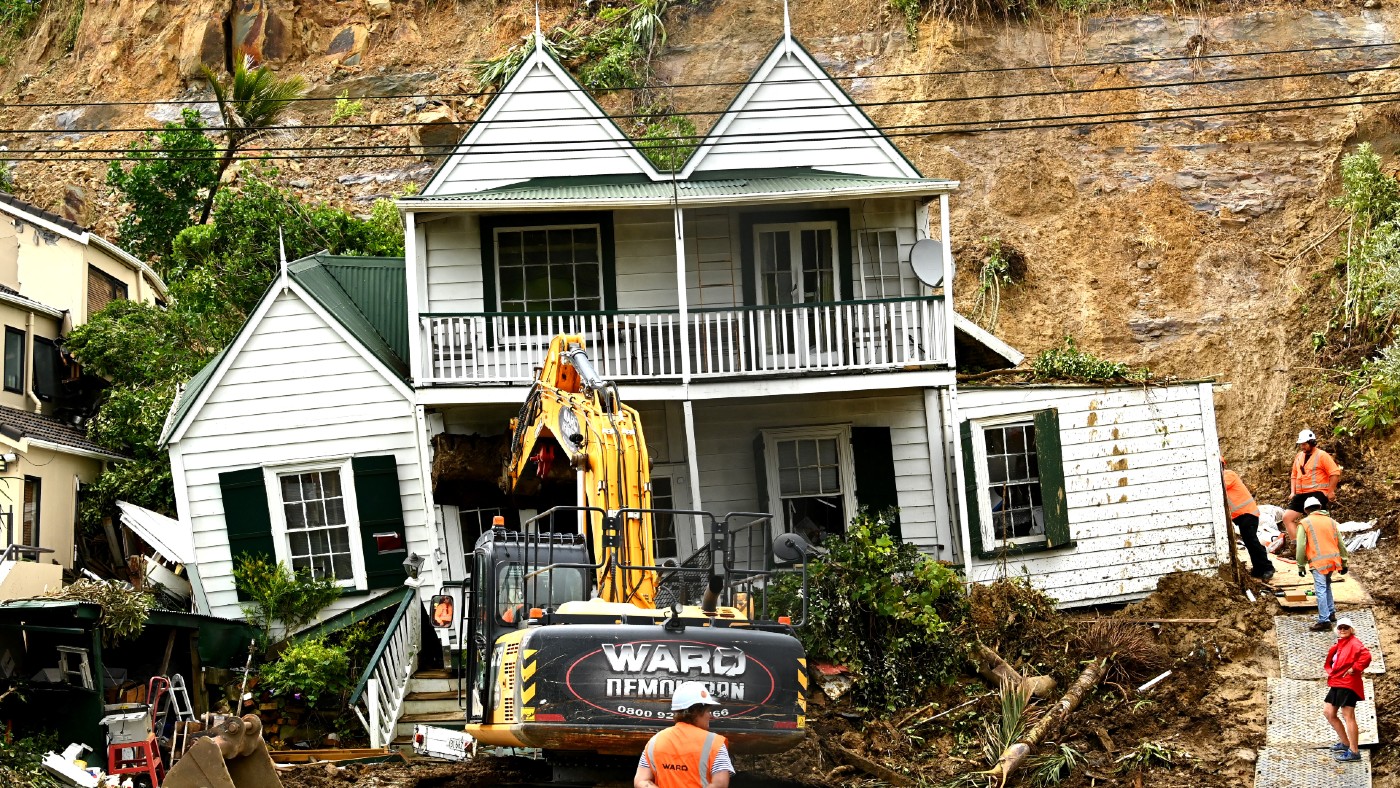 Flash flooding and landslides hit Auckland after torrential rain
Flash flooding and landslides hit Auckland after torrential rainIn Pictures Large parts of New Zealand’s North Island remain under a state of emergency as thousands go without power or water
-
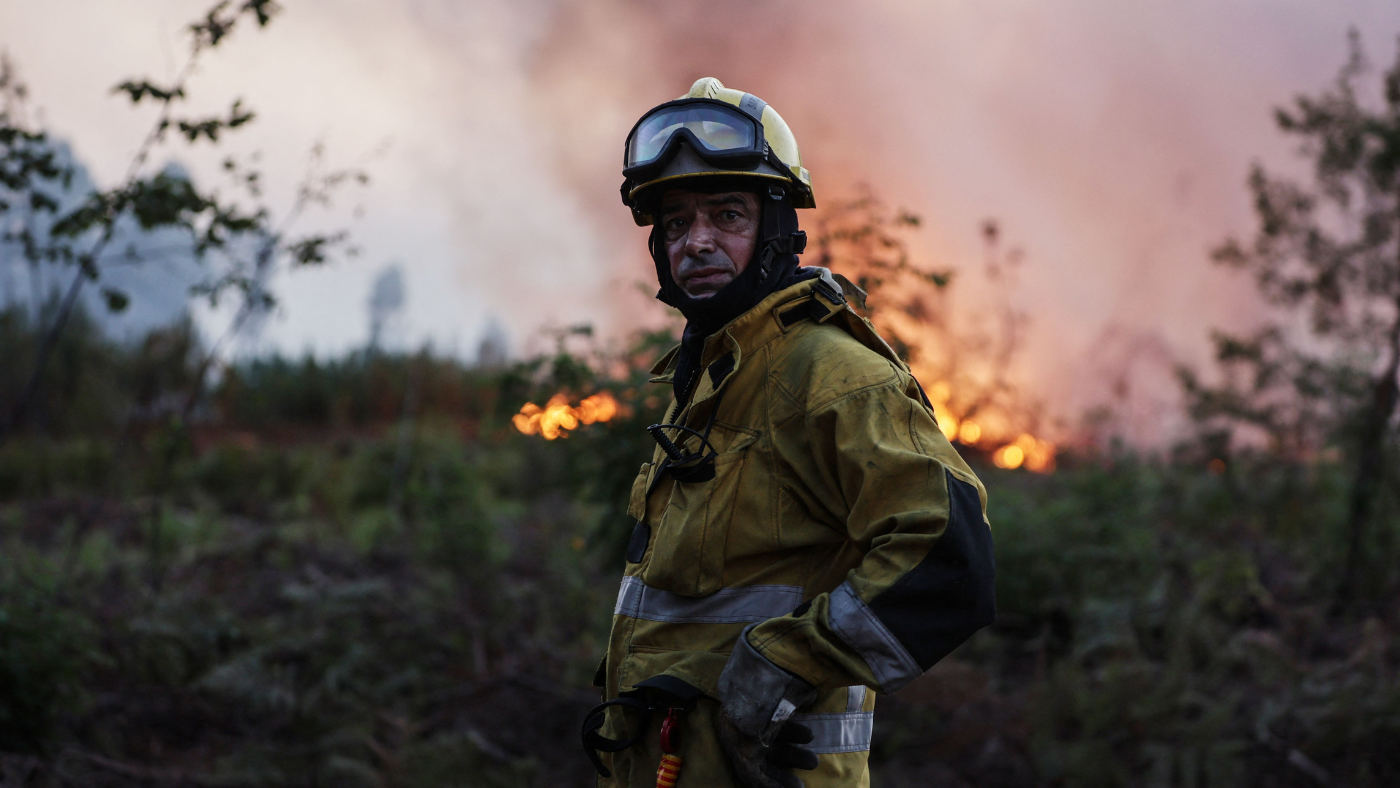 Europe battles heatwave wildfires
Europe battles heatwave wildfiresIn Pictures Thousands evacuated from their homes as heat-related death toll rises